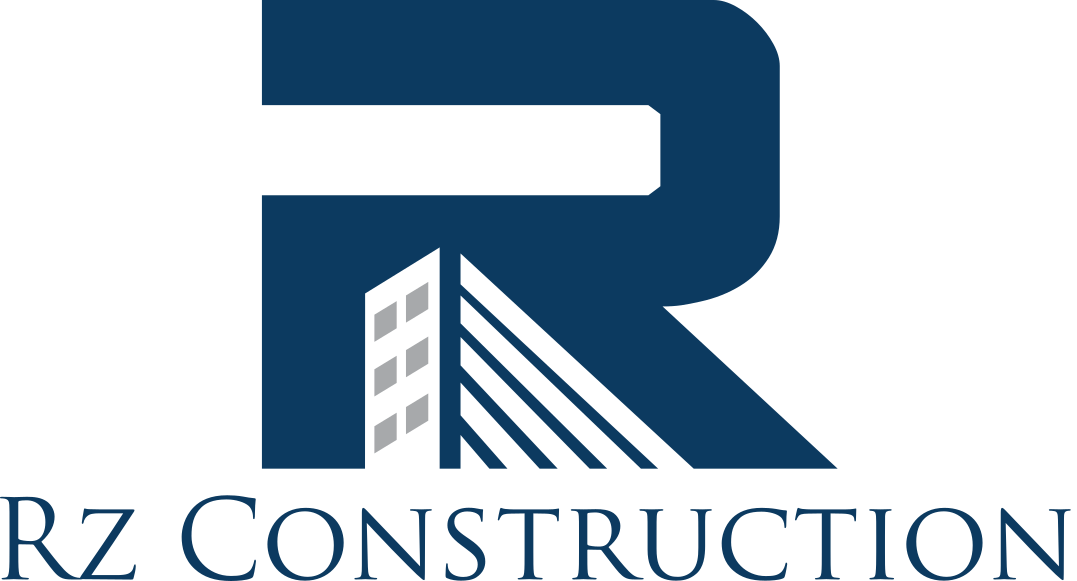Brick is a great choice for home construction, and the popular building material has a great many advantages, some of which include being easy to repair, weather-resistant, and being able to keep a property cool during the long, hot summer months.
With its ability to regular temperatures, brick homes retain cool air (especially when coupled with insulation added between brick and beams), helping to keep everyone inside the building feeling more comfortable during sweltering hot days, and keeping cooling costs to a minimum. But how exactly does it achieve this?
Bricks and thermal mass
Brick buildings have the ability to endure; just take a stroll around any European city, and you’ll see buildings built from brick that were constructed hundreds of years ago, and which are still in great condition today. Long lasting and incredibly robust, bricks are a fantastic material to build a home from, and that’s even without considering the thermal mass of brick, which helps buildings stay cool in the summer, and warmer in the winter.
What is thermal mass?
Simply put, thermal mass is something’s heat storage capacity. In general, materials that are lightweight tend to find it harder to retain heat, such as:
- Wood
- Artificial stucco
- Vinyl
- Aluminum
However, despite them not being so great at helping to keep a home cool in summer and warm in winter, these materials are still popular in the home construction industry thanks to their lower cost. Bricks, on the other hand, do cost more, but when you take into account their durability and overall performance as a construction material (including their thermal mass), it’s easy to see why it makes for a more valuable investment.
Below are two of the main benefits of using brick to build your home:
- It retains heat – as the bricks your home is constructed from absorb the sun’s heat and the hot air inside, they will then allow it to slowly radiate out (helpful when you’re trying to keep your home warm) in manner that’s much slower than other materials, enabling your home to stay warmer for longer as less hot air is allowed to escape.
- It cools quicker – when the mercury’s rising, the bricks of your home will absorb the hot air, making them warm, and as they warm up, they provide a protective barrier that keeps the cool air inside your home, where you want it. Because more energy is required to heat up bricks when compared to other materials, those inside the home will typically experience less fluctuations in temperature, and if they’re using the air conditioning, it won’t have to work as hard to keep the home at a comfortable temperature. Saving you money.
If keeping heat out during the summer, and heat in during the winter is a priority for you, then choose a home constructed from brick and feel more comfortable in your home than you would if it were made from other common building materials, such as wood.
